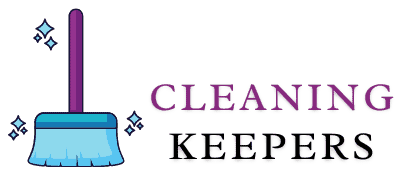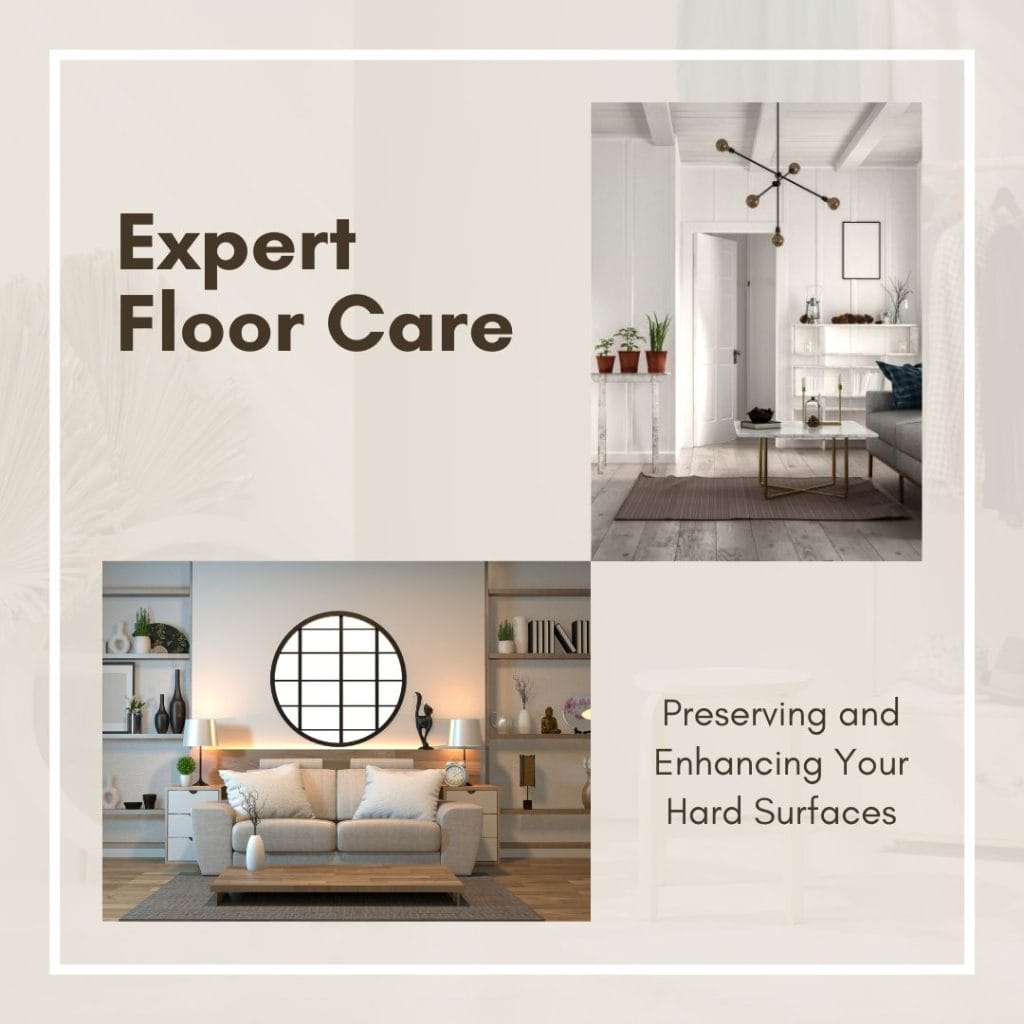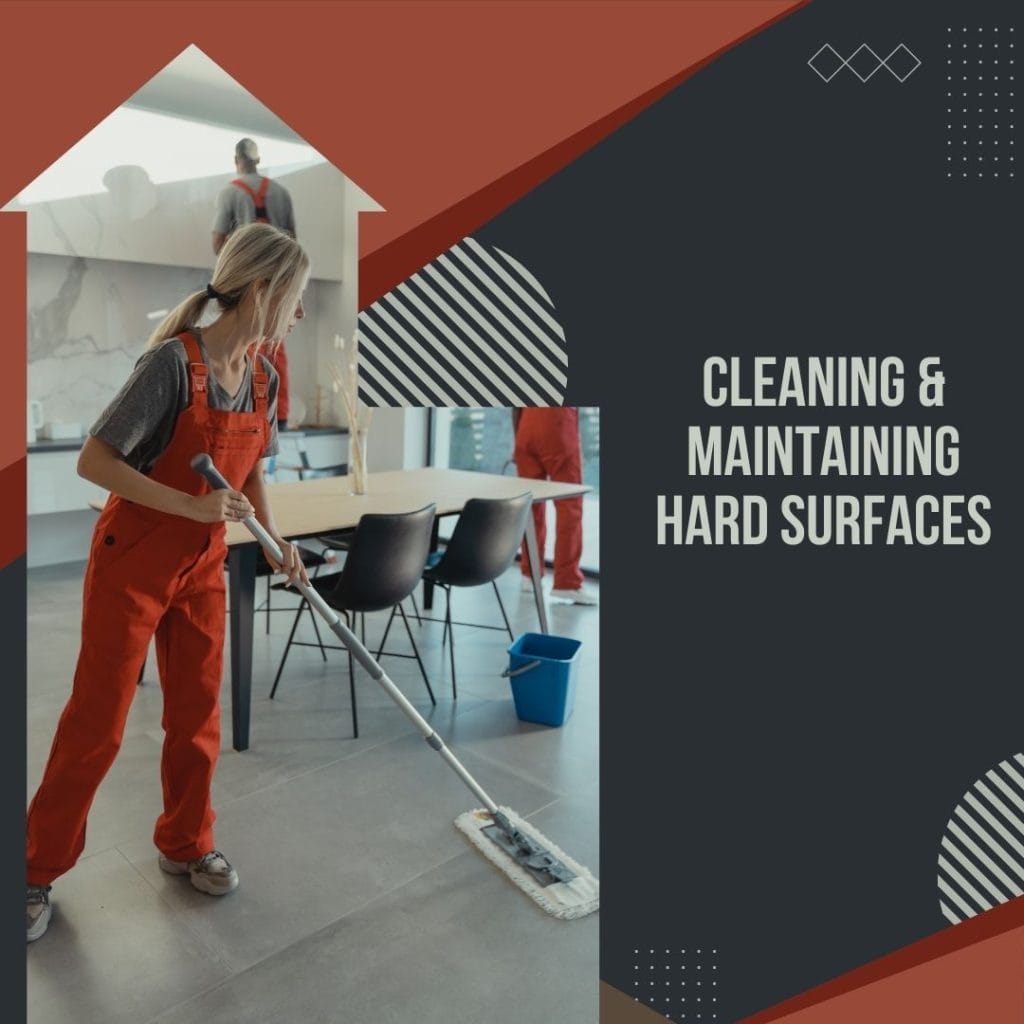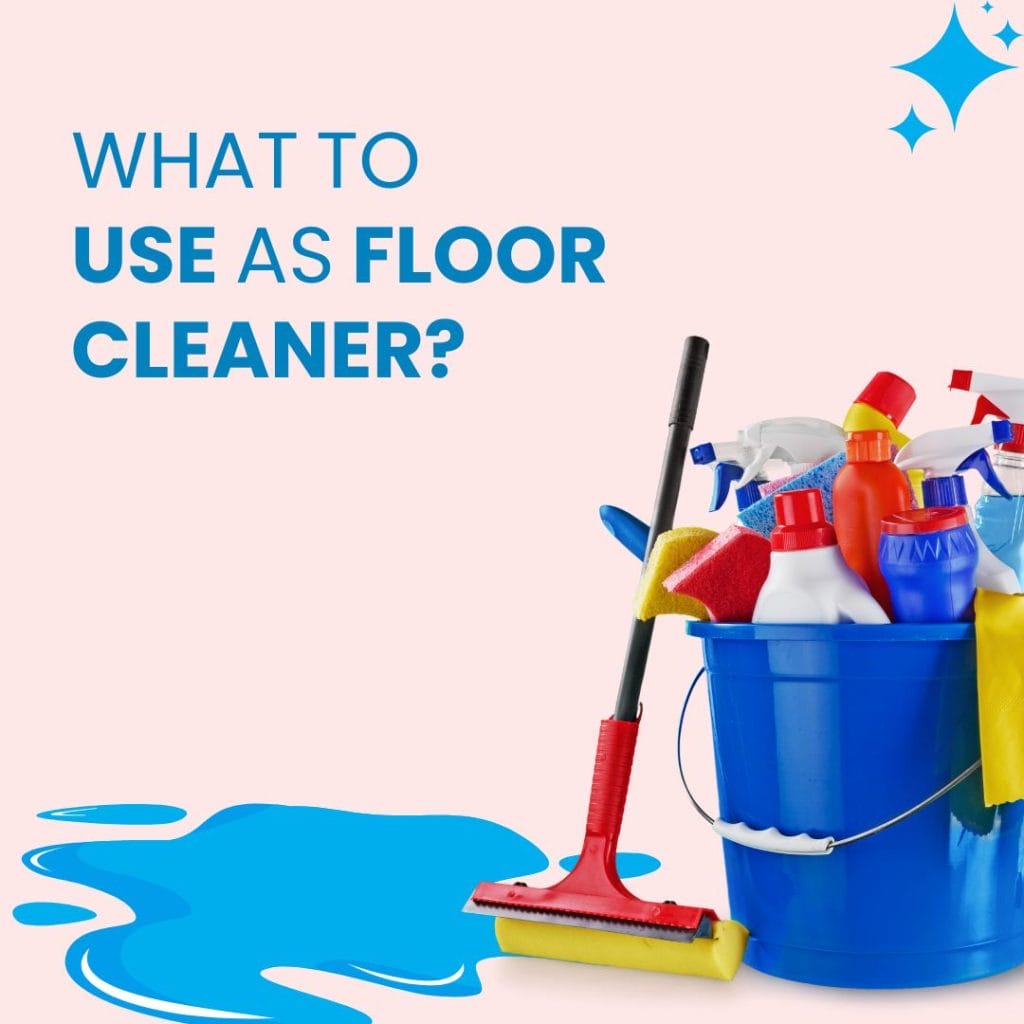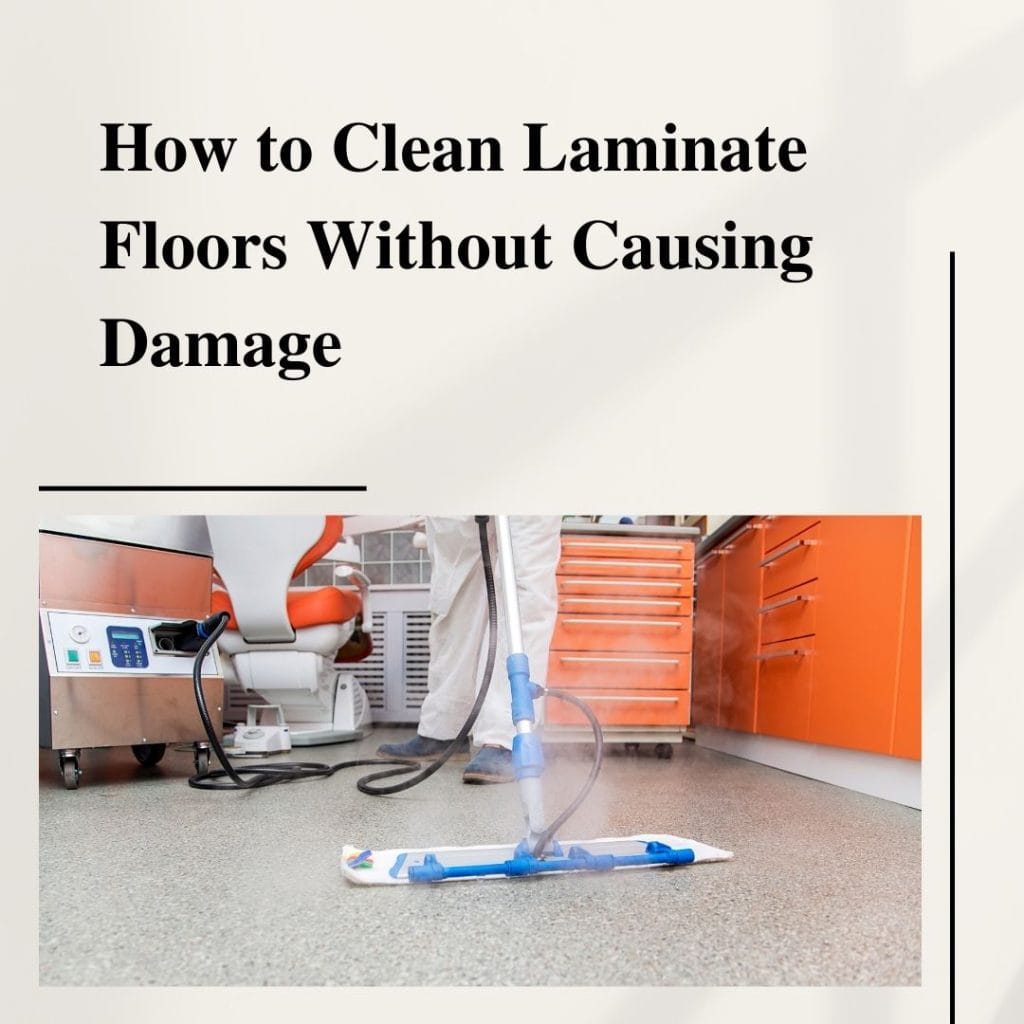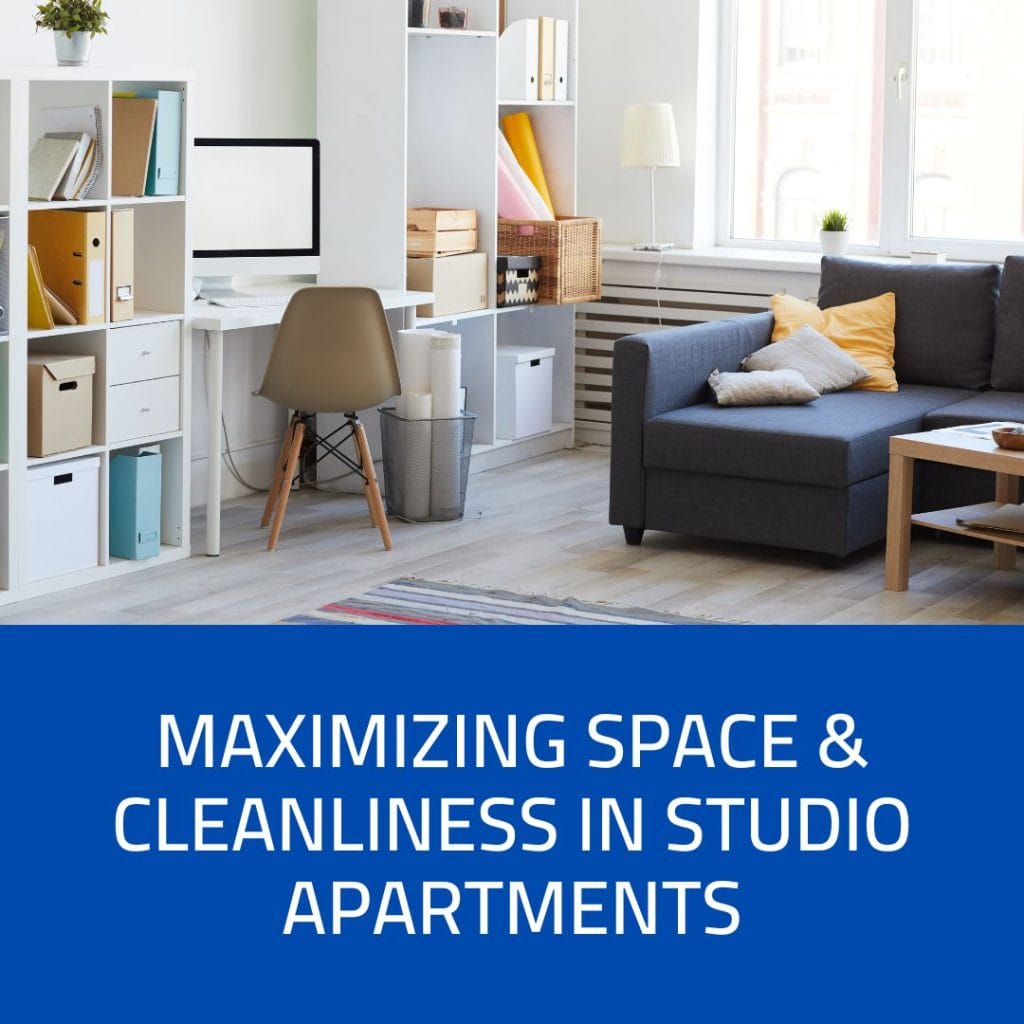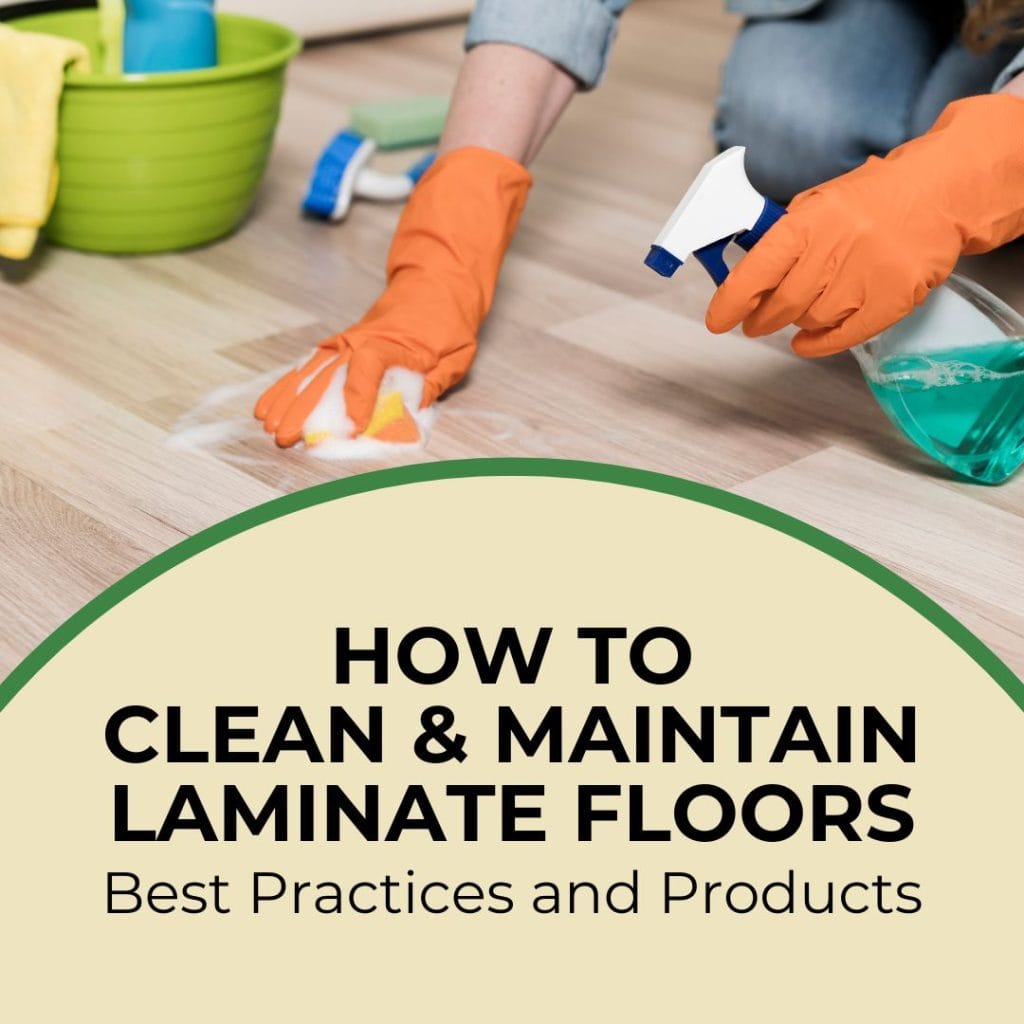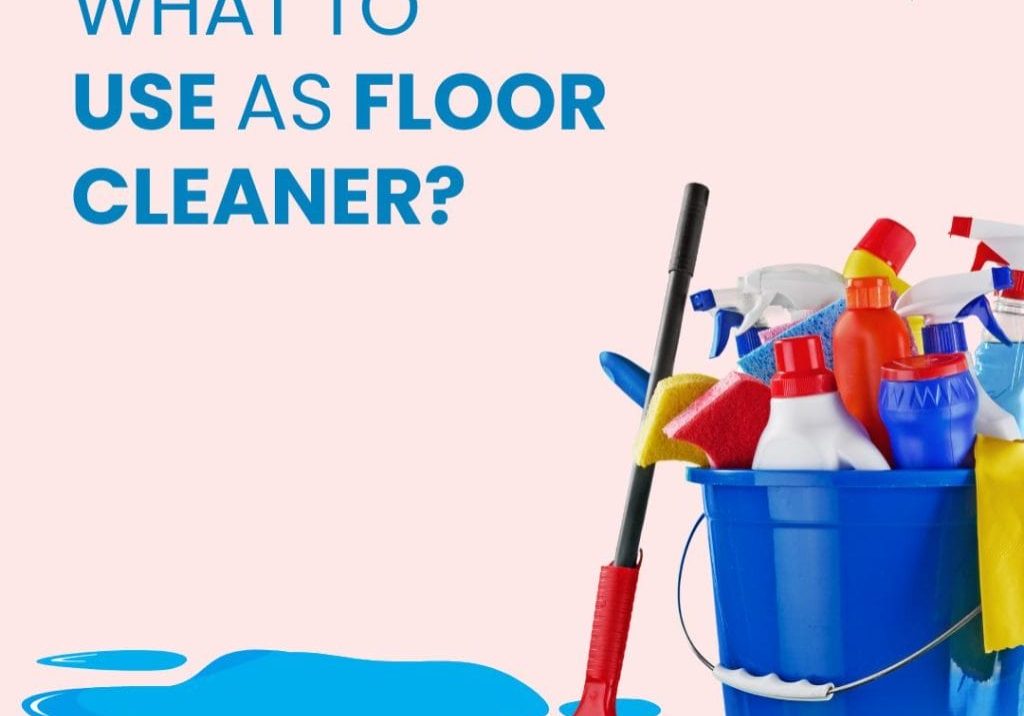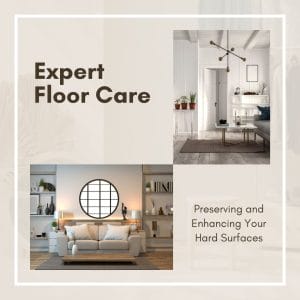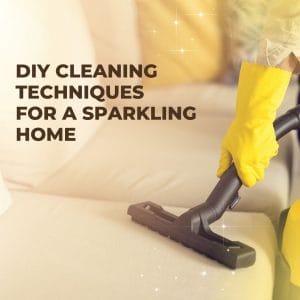Welcome to our comprehensive guide on “Expert Floor Care: Preserving and Enhancing Your Hard Surfaces.” Your home’s flooring is not just a functional necessity but a significant contributor to the aesthetic and overall value of your living space. In this pillar content, we delve into the essential aspects of floor care, focusing on the unique challenges and solutions associated with maintaining hard surface floors, such as vinyl.
We understand that choosing the right floor coverings and ensuring their compatibility with your flooring type can be perplexing. To address this, we will explore in-depth topics like the use of polypropylene rugs on vinyl floors and the best practices for preventing mats from sliding on these surfaces. These discussions will not only help you in making informed decisions about your floor coverings but also in maintaining the pristine condition of your floors.
Whether you are a new homeowner, a seasoned interior enthusiast, or someone simply looking to preserve the longevity and beauty of your hard surfaces, this article serves as your go-to guide. We’ll provide you with expert tips, routine maintenance advice, and advanced techniques to tackle common floor care challenges. Additionally, we will guide you to more detailed information through our interlinked child articles, offering a holistic approach to floor care.
Overview of Different Hard Surface Floor Types
1. Hardwood
- Characteristics: Hardwood floors are classic and timeless, made from various wood species like oak, maple, or cherry. They offer warmth and elegance and can increase the value of your home.
- Maintenance: Requires regular sweeping and occasional mopping with a wood cleaner. Vulnerable to scratches and moisture.
2. Laminate
- Characteristics: Laminate flooring mimics the look of hardwood but at a more affordable price. It’s made of composite wood pressed together at high temperatures.
- Maintenance: Easy to clean and maintain, resistant to scratches, but not as moisture-resistant as other options.
3. Tile
- Characteristics: Tiles, made from ceramic or porcelain, are extremely durable and moisture-resistant, making them ideal for bathrooms and kitchens.
- Maintenance: Easy to clean; grout lines need regular maintenance to prevent staining and mold growth.
4. Vinyl
- Characteristics: Vinyl flooring is versatile, affordable, and comes in a range of styles and patterns. It’s known for its resilience and comfort underfoot.
- Maintenance: Very easy to maintain, water-resistant, and can be cleaned with a damp mop and mild detergent.
5. Stone
- Characteristics: Natural stone flooring, like marble, granite, or slate, is luxurious and unique. Each piece is distinct, adding natural beauty to your space.
- Maintenance: Requires sealing to prevent stains, and regular cleaning with products suitable for natural stone.
Importance of Identifying Floor Type for Proper Care and Maintenance
- Prolonging Lifespan: Knowing your floor type helps you use the right cleaning methods and products, which is crucial for prolonging the lifespan of your flooring.
- Preserving Appearance: Different floors have different susceptibilities to scratching, staining, and fading. Proper care ensures that they maintain their original appearance for longer.
- Avoiding Damage: Using the wrong cleaning agents or methods can cause irreversible damage. For instance, harsh chemicals can strip the finish off hardwood floors, while excessive water can damage laminate flooring.
- Health Benefits: Proper maintenance also impacts indoor air quality. For instance, tile and vinyl floors don’t harbor allergens as carpets do, but they need regular cleaning to prevent mold and mildew, especially in grout lines.
- Cost-Efficiency: Understanding your floor type and caring for it properly can save money in the long run by avoiding costly repairs and replacements.
Benefits of Using Rugs and Mats on Hard Surfaces
1. Protection Against Wear and Tear
- Prevent Scratches: Hard surface floors, particularly hardwood, are prone to scratches. Rugs and mats act as a barrier, protecting floors from furniture marks, pet nails, and general foot traffic.
- Minimize Damage: They cushion the impact of heavy objects, reducing the risk of dents and cracks.
2. Enhancing Safety
- Slip Resistance: Rugs and mats provide a non-slip surface, especially crucial in high-traffic or wet areas like kitchens and bathrooms, reducing the risk of slips and falls.
- Comfort Underfoot: They offer a softer, more comfortable surface to stand on, which can be beneficial in areas where you spend a lot of time standing, like in the kitchen.
3. Sound Insulation
- Noise Reduction: Hard surfaces can amplify sound. Rugs and mats help absorb noise, creating a quieter, more serene environment.
4. Improving Indoor Air Quality
- Trap Dust and Allergens: Floor coverings can trap dust, allergens, and other particles, preventing them from circulating in the air.
5. Aesthetic Appeal
- Enhance Decor: Rugs and mats come in various colors, patterns, and textures, allowing you to easily complement or update the decor of your space.
Upcoming Deep Dive: Polypropylene Rugs and Vinyl Floors
In an upcoming article, we will explore the world of polypropylene rugs in detail. Known for their durability, ease of maintenance, and affordability, polypropylene rugs are becoming increasingly popular. We’ll delve into their features, benefits, and particularly their compatibility with vinyl flooring. Vinyl floors, prized for their resilience and versatility, require specific types of rugs to prevent damage and discoloration. Our deep dive will provide insights into choosing the right polypropylene rugs for vinyl floors, ensuring both aesthetic appeal and long-term protection.
Overview of Polypropylene as a Rug Material
Characteristics of Polypropylene Rugs
- Durability: Polypropylene, a synthetic fiber, is known for its exceptional durability. It resists wear and tear, making it ideal for high-traffic areas.
- Moisture Resistance: This material is highly resistant to moisture, preventing mold and mildew growth, which is beneficial in damp environments or during spills.
- Stain Resistance: Polypropylene rugs are inherently stain-resistant. Spills can be easily wiped away, and the rugs don’t absorb liquids easily.
- Color Retention: They retain their color well, resisting fading even when exposed to sunlight or chemical cleaners.
- Affordability: Compared to natural fibers, polypropylene rugs are more affordable, offering style and functionality at a lower cost.
Maintenance
- Polypropylene rugs are low maintenance. Regular vacuuming and occasional spot cleaning with mild detergent are usually sufficient to keep them looking new.
Compatibility of Polypropylene Rugs with Vinyl Flooring
Advantages
- Non-Damaging Material: Unlike some rug materials, polypropylene is less likely to damage or discolor vinyl flooring. It doesn’t contain harsh chemicals that might react with the vinyl.
- Moisture Resistance: Their moisture resistance makes them suitable for kitchens or bathrooms where vinyl flooring is commonly used.
- Lightweight: Polypropylene rugs are generally lightweight, which means they won’t place undue stress on the vinyl flooring beneath.
Considerations
- Backing Material: It’s crucial to check the backing material of the polypropylene rug. Some backings can stick to vinyl flooring, causing damage. Look for rugs with natural rubber or felt backing.
- Color Transfer: Although rare, there’s a slight possibility of color transfer from the rug to the floor. Using a rug pad can mitigate this risk.
- Size and Placement: Select a rug size that allows the vinyl flooring to breathe. Avoid placing heavy furniture on the rug, as it may leave impressions on the vinyl.
Tips for Choosing the Right Rug
- Opt for Low Pile: Low pile polypropylene rugs are better suited for vinyl floors as they are less bulky and easier to maintain.
- Consider the Room’s Use: Choose a rug that fits the function of the room. For high-moisture areas, select polypropylene rugs with anti-mildew properties.
Challenges of Mats Slipping on Vinyl Flooring
1. Smooth Surface
Vinyl floors are known for their smooth and often glossy finish, which can reduce the friction required to keep mats in place.
2. Lack of Grip
Many standard mats do not have the necessary backing to grip onto vinyl floors, leading to frequent slippage.
3. Risk of Falls and Injuries
Slipping mats can be a significant safety hazard, especially in high-traffic areas, increasing the risk of falls and related injuries.
4. Potential Floor Damage
Constant movement of mats can cause scratches and wear on the vinyl flooring, affecting its appearance and longevity.
Tips and Tricks to Prevent Slipping
1. Choose the Right Backing
Opt for mats with natural rubber or latex backing, which offer better grip on vinyl floors. Avoid plastic or PVC backings, as they can damage the vinyl over time.
2. Use Non-Slip Underlays
Place a non-slip underlay or rug pad beneath your mats. These underlays are designed to hold the mat firmly in place without damaging the floor.
3. Regular Cleaning
Keep both the floor and the mat clean. Dust and debris can reduce grip, so regular cleaning is essential.
4. Secure Edges
Use double-sided tape or adhesive strips designed for floors to secure the edges of the mat. Make sure the adhesive is safe for use on vinyl to avoid any residue or damage.
5. Choose Appropriate Size and Weight
Heavier and larger mats are less likely to slip. Consider the size and weight of the mat in relation to the area where it will be placed.
6. Avoid High Pile Mats
High pile mats are more prone to movement. Choose low pile mats for better stability on vinyl flooring.
7. Regular Inspection
Frequently check the condition of the mat and its backing. Worn-out backings can reduce effectiveness and increase the risk of slippage.
8. Consider Custom Solutions
For challenging spaces, consider custom-designed mats that are specifically made to fit and grip onto vinyl floors.
General Maintenance Tips
1. Preventative Measures
- Use doormats at entrances to minimize the dirt and grit that gets tracked in, which can scratch or damage floors.
- Place protective pads under furniture legs to prevent scratches.
- Keep pet nails trimmed to avoid scratches, especially on hardwood and laminate floors.
2. Regular Cleaning
- Regular sweeping, dry mopping, or vacuuming is crucial to remove dirt and grit. For vacuums, use an attachment designed for hard surface flooring.
3. Immediate Spill Clean-Up
- Spills should be cleaned immediately to prevent staining, especially on porous surfaces like stone.
4. Avoid Excessive Water and Harsh Cleaners
- Excessive water can damage floors like hardwood and laminate. Use damp mopping instead of wet mopping and avoid harsh cleaners that can strip finishes or damage the flooring.
Cleaning Tips for Different Hard Surface Floors
Hardwood
- Use a microfiber mop and a cleaner specifically formulated for hardwood.
- Avoid steam mops and wax-based cleaners.
Laminate
- Clean with a damp microfiber mop. Avoid soap-based detergents and excessive water.
- Use a laminate-specific cleaner for tough stains.
Tile
- For ceramic or porcelain tile, use a mild detergent and clean water, scrubbing grout lines as needed.
- Avoid acidic cleaners, especially on natural stone tiles.
Vinyl
- Use a mild cleaner and avoid abrasive tools. Vinyl is water-resistant, so a damp mop is safe to use.
- Avoid wax-based cleaners and bleach.
Stone
- Clean with a pH-neutral cleaner specifically designed for natural stone.
- Marble, granite, and other stones may require periodic resealing to protect against stains.
Periodic Deep Cleaning
- Alongside regular cleaning, schedule periodic deep cleanings. This may include professional cleaning or polishing, especially for stone and hardwood floors.
Addressing Scratches and Damage
- For scratches on hardwood or laminate, use a repair kit or consult a professional. For tiles, damaged pieces may need to be replaced.
Overview of Common Floor Care Issues
1. Stains
- Causes: Spills from food, drinks, ink, or other substances.
- Affected Surfaces: Common in carpets, but also affects hardwood, tiles, and vinyl.
2. Scratches
- Causes: Furniture movement, pet claws, high heels, and debris brought in from outside.
- Affected Surfaces: Particularly noticeable on hardwood and laminate floors.
3. Wear and Tear
- Causes: Regular foot traffic, exposure to sunlight, and aging.
- Affected Surfaces: All types of flooring, including carpets, hardwood, and tile.
Tips for Addressing Floor Care Challenges
Addressing Stains
- Act Quickly: The sooner you address a spill, the less likely it will turn into a permanent stain.
- Appropriate Cleaning Solutions: Use cleaning agents suitable for your floor type. For carpets, use a carpet cleaner; for hardwood, a gentle hardwood cleaner; and for tiles or vinyl, a mild detergent.
- Blot, Don’t Rub: Blotting prevents the stain from spreading. Rubbing can push the stain deeper into the flooring material.
Tackling Scratches
- Minor Scratches on Hardwood or Laminate: Use a color-matched wood marker or wax pencil. For deeper scratches, consider a wood filler followed by finishing product.
- For Vinyl or Linoleum: Apply a sealer or filler product designed for the specific floor type.
- Prevention: Place protective pads under furniture legs, keep pet nails trimmed, and remove shoes to minimize the risk of scratches.
Managing Wear and Tear
- Routine Cleaning: Regular sweeping, vacuuming, and mopping reduce wear and tear.
- Use Rugs and Mats: In high-traffic areas, use rugs or mats to minimize direct foot traffic on the flooring.
- Sunlight Protection: Use curtains or blinds to protect floors from prolonged sun exposure, which can cause fading and wear.
- Professional Refinishing: For hardwood floors, consider professional refinishing every few years to restore their original luster.
Special Considerations
- Tile and Grout: Keep grout lines clean and sealed to prevent staining and wear.
- Carpets: Besides regular vacuuming, have them professionally cleaned periodically to maintain their appearance and longevity.
Advanced Techniques for Floor Preservation and Enhancement
1. Deep Cleaning
- Method: Utilizes specialized equipment and cleaning solutions to remove deep-seated dirt and grime.
- Applicability: Especially beneficial for tile grout, deep carpet fibers, and textured vinyl floors.
2. Polishing and Refinishing
- Hardwood Floors: Refinishing involves sanding down the surface and applying a new protective coating, bringing back shine and covering imperfections.
- Stone Floors: Polishing stone floors can restore their natural shine and remove superficial scratches.
3. Sealing and Re-sealing
- Importance: Sealing protects porous surfaces like natural stone and tile grout from stains and water damage.
- Frequency: Re-sealing is recommended every 1-2 years, depending on floor traffic and wear.
4. Repair and Restoration
- For Scratches and Dents: Use wood putty or filler for hardwood, and vinyl floor repair kits for vinyl flooring.
- Color Restoration: Specialized products can restore or even change the color of certain floor types.
5. Steam Cleaning
- Use: Steam cleaning is effective for deep cleaning carpets and certain types of tile flooring.
- Caution: Not recommended for hardwood or laminate as excessive moisture can cause damage.
When to Seek Professional Help
1. Significant Damage or Wear
- Indicator: When damage goes beyond superficial scratches or when the floor loses its shine and protective coating.
- Professional Service: Professionals have the right tools and expertise to refinish or restore floors.
2. Deep Stains or Discoloration
- Particularly for Carpets and Stone Floors: Deep stains may require professional cleaning methods to remove without causing damage.
3. Complex Maintenance Requirements
- Example: Certain stone floors might require specific polishing techniques or chemicals that are best handled by experts.
4. Installation of New Flooring
- Consideration: Professional installation ensures proper fitting, sealing, and finishing, crucial for longevity and appearance.
5. Preventive Care
- Inspection and Maintenance Plans: Professionals can provide thorough inspections and set up regular maintenance plans for high-value flooring.
Conclusion
The journey through expert floor care has been comprehensive and enlightening. From understanding different floor types and their specific maintenance needs, to addressing common challenges like stains and scratches, this series has covered a wide spectrum of topics essential for any homeowner or business.
